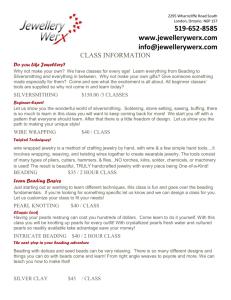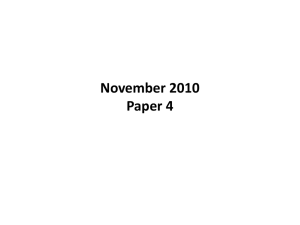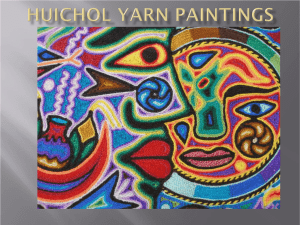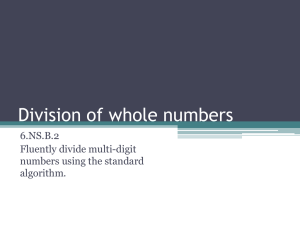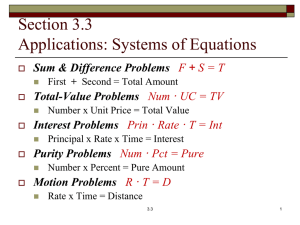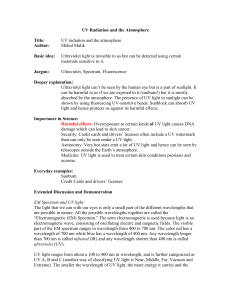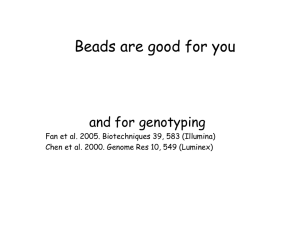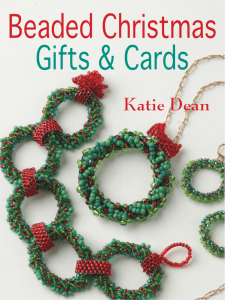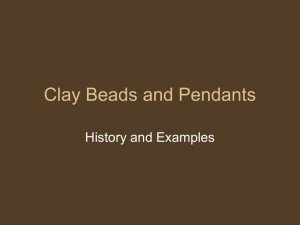Mosaics_-_Inspiration_Huitchol_
advertisement
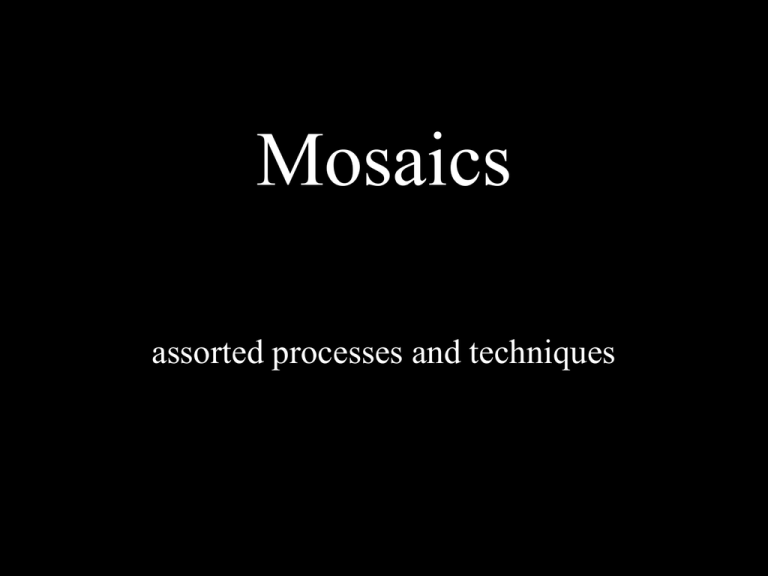
Mosaics assorted processes and techniques string painting • The Huichol Indians preHispanic culture still survives in the remote Sierra Madres ranges. • They believe themselves to be that part of creation which entertains the Gods. • Called "nierikas", or mirror images of God, these art pieces are creative manifestations embodying the Huichol belief that we all make our own realities. some student work... (also called Chaquira) The typical Huichol method of bead application was to cover the material to be decorated in soft wax and press the beads into the wax (define mastic). Native North American Peoples • While Chaquira is a relatively new form of folk art, beading has a long and honored tradition among Native Peoples in North America. • The technique first used porcupine quills and later moved to beads – however the basic form and concepts were preserved. Prior to the introduction of glass trade beads (known as seed beads), Native peoples used porcupine quills to decorate surfaces in a technique that had all the characteristics of a mosaic design process. Beads were sewn on in short rows that created or duplicated the look of the linear porcupine quill. Native peoples still use beading as a major form of artistic expression – now using beading to decorate not only traditional materials but contemporary ones as well. Probably the best known Native American form of beading is what is known as “wampum”. Wampum is actually small rod shaped beads hand carved and drilled from the shells of fresh water clams. Five Nations wampum belt Hidden holes vs. visible holes? The Huichol kept the holes in the beads visible to act as part of the pattern. Native Americans kept the holes hidden – partly to reproduce the look of quills, but also because there beading was hand sewn on instead of applied with a mastic. Related art forms… Haitian bead bottles Haitian sequin Voodoo flag • Drapo Vodou or "Voodoo Flag"s derive directly from the practice of the Vodou religion. • The banners are traditionally the work of practicing vodou priests and their followers. • Each flag depicts the vévé symbol or image of the loa to which it is devoted. • The flags are made of shiny silk fabrics to which have been sewn a brilliant mosaic of sequins and beads. A full-size banner typically contains 18,000 to 20,000 sequins and may take ten days to complete. • While the origins of this ritual art form have been traced back several hundred years, to sources as diverse as African textiles and French regimental flags, the present form of the vodou flag may date to only the 1950’s. • In the 1970’s and 1980’s, following on the celebrated “Haitian renaissance” in painting and sculpture, the vodou banner also came to the attention of collectors and critics. • Artists were able to sell directly to tourists (until tourism essentially ended in the mid-1980’s), and an art market developed for flags as well. CARTOON The simplest way plan for a beading project, is to begin by creating what is called a cartoon. A cartoon lays out the colors, patterns and placements prior to having to glue anything. • Some mosaic artists use special software, most simply rely on plain old graph paper.
